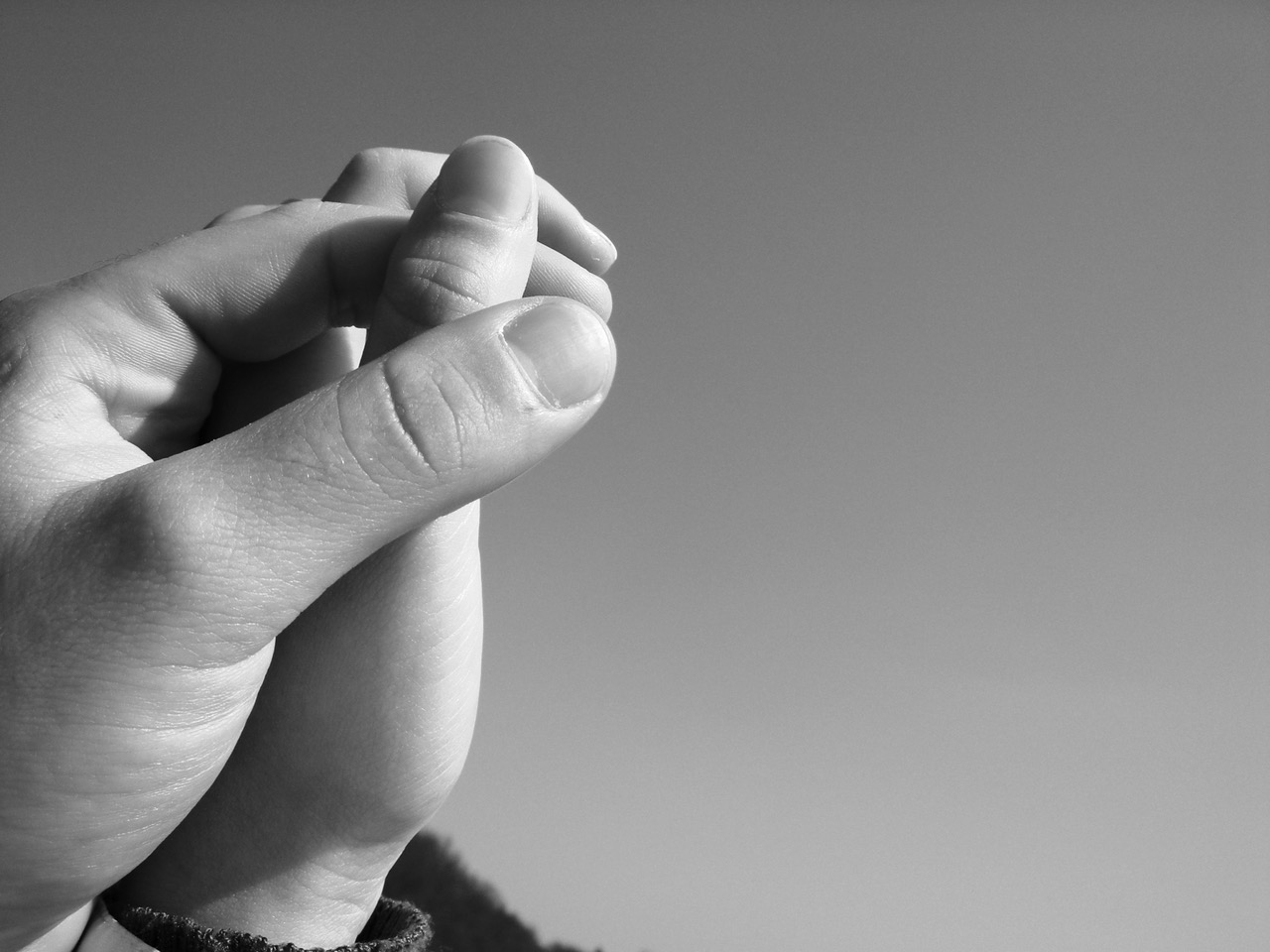
Finger Independence & Dexterity
Playing the piano obviously requires independent control of the fingers. Fingers have muscles that must be built up and trained, similar to any form of physical exercise or sports. That training will happen pretty naturally during the actual lessons and practice time. However, most children must reach a certain stage of physical development before this training is healthy or even possible. So, if you're unsure about when to start lessons, start by trying the simple tests below.
Five Steps of Sound (at the piano)
If you already have a piano or keyboard, you can try this test. Otherwise, scroll down to the next test, which does not require a piano.
- Have your child sit on the bench and raise their arms straight out (like Superman). Their finger tips should just barely touch the "fallboard" behind the keys, and their arms should be parallel to the floor. If you need to, you can have them sit on your lap or a pillow to make sure they are high enough.
- Place one of their hands on any 5 white keys and try to arrange their fingers so that each finger sits on top of one key (five fingers over five notes).
- Point to one finger at a time and have them press down on each key as you point.
- Repeat the steps above with the other hand
If your child is unable to press down on the key, or keeps losing their position, or even cannot keep five fingers over five notes because their hand is too small, you may need to wait a bit longer before beginning piano lessons.
Finger Lifts (no piano required)
- Have your child place their hands with palms facing down on a flat surface like a table or desk.The fingers should spread quite naturally if the hand is flat. Make sure that the surface you use is not too high or low by comparing the angle of their forearm to the floor. They should be as parallel as possible.
- Point to one finger at a time and ask them to lift only the finger you point to.
Finger Presses (no piano required)
- After finishing the Finger Lift test above, see if your child can push up onto their finger tips, raising only the wrists. Again, their forearms should be parallel to the floor.
- Point to one finger at a time and have your child both raise then press that finger down onto the surface. If you are on a table or desk, you should hear a light "tap."